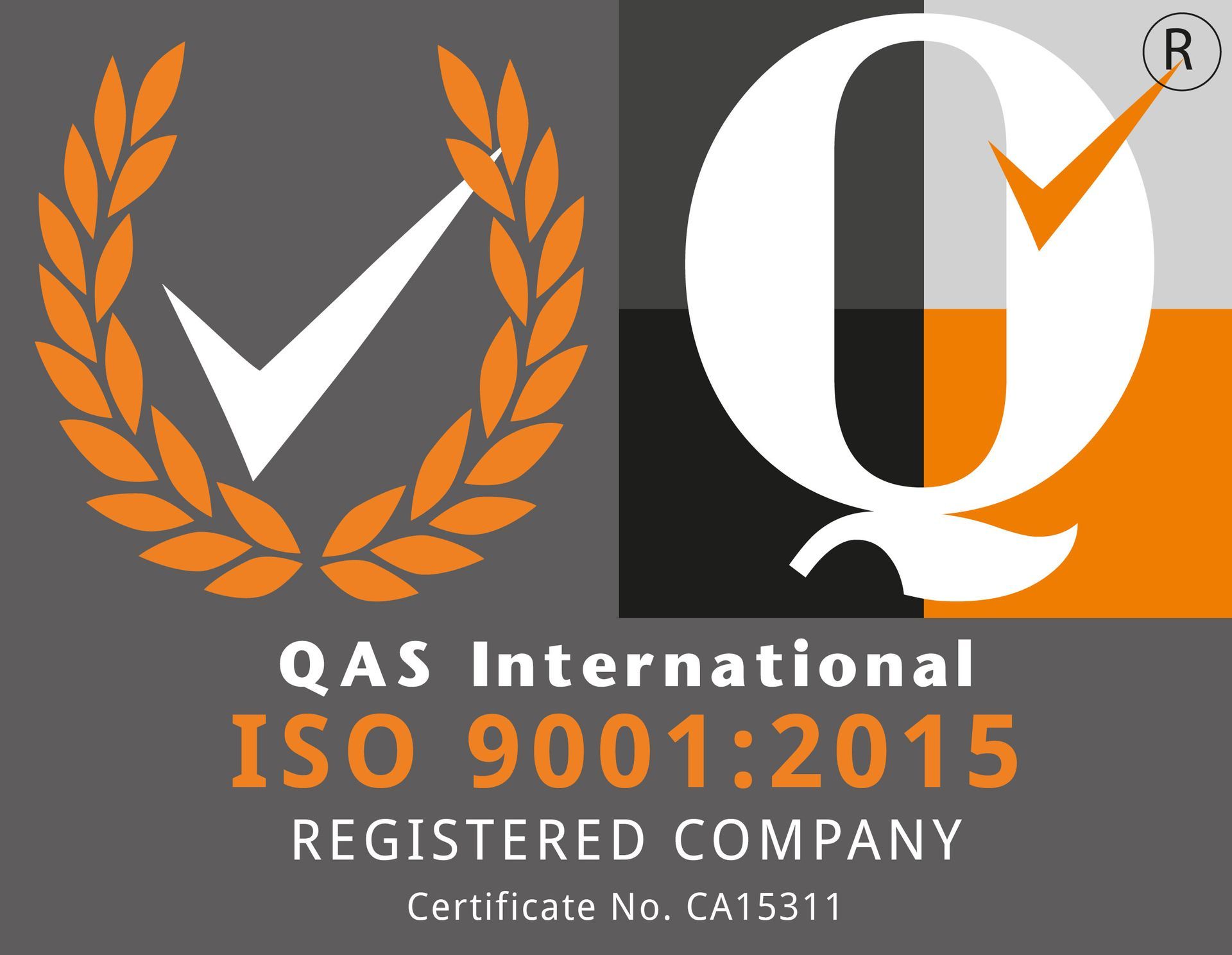ISO14001 Overview and Benefits
ISO 14001 is an internationally recognised standard for environmental management systems (EMS). It provides a framework that helps organisations identify and manage their environmental impacts and improve their environmental performance. The standard is applicable to organisations of all sizes and types, and it can be used in any industry and can be integrated with other management systems, such as ISO9001 Quality and ISO45001 for Health and Safety.



